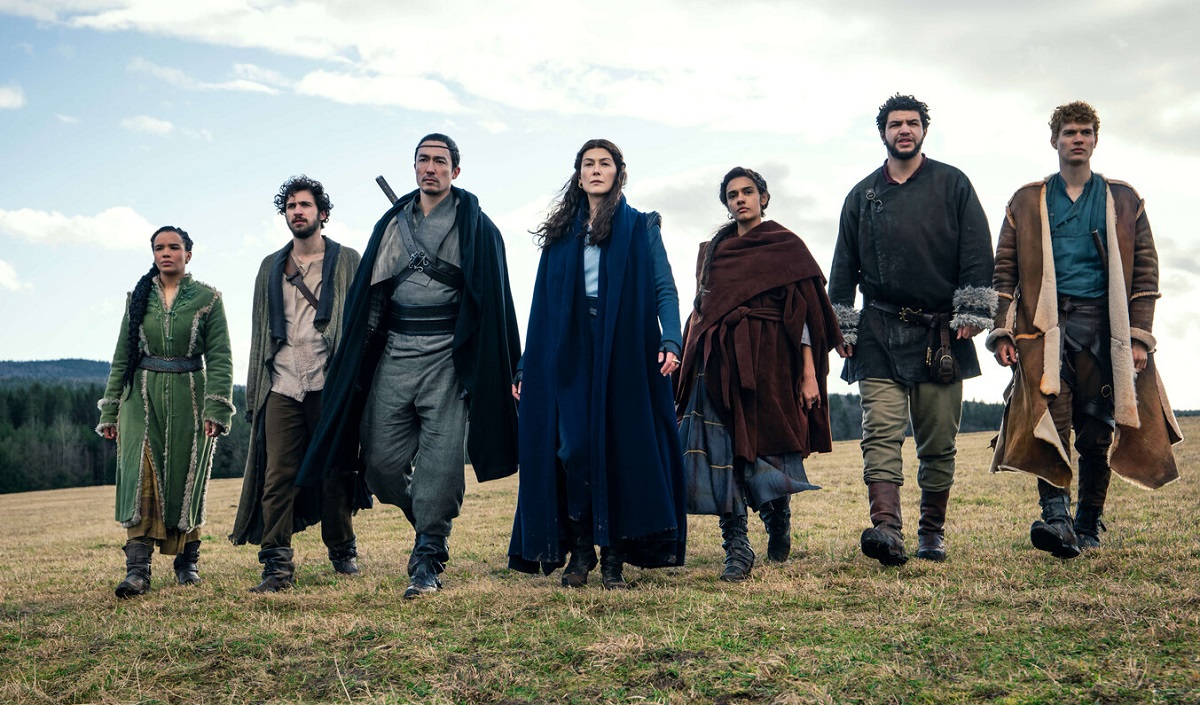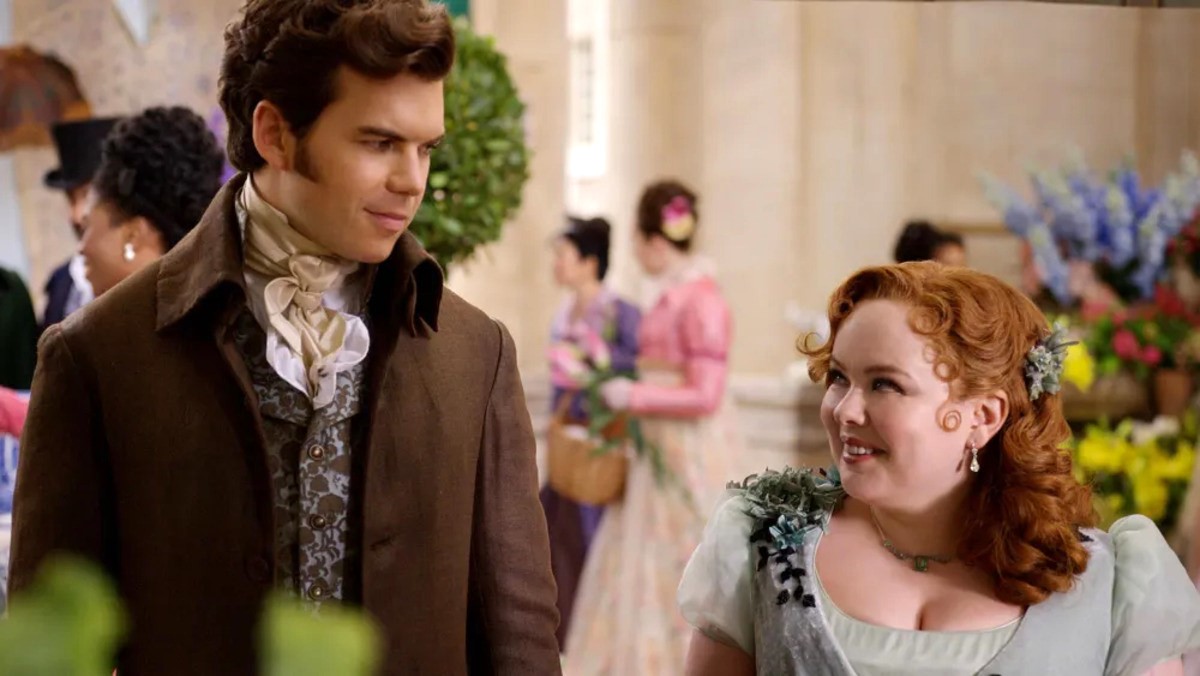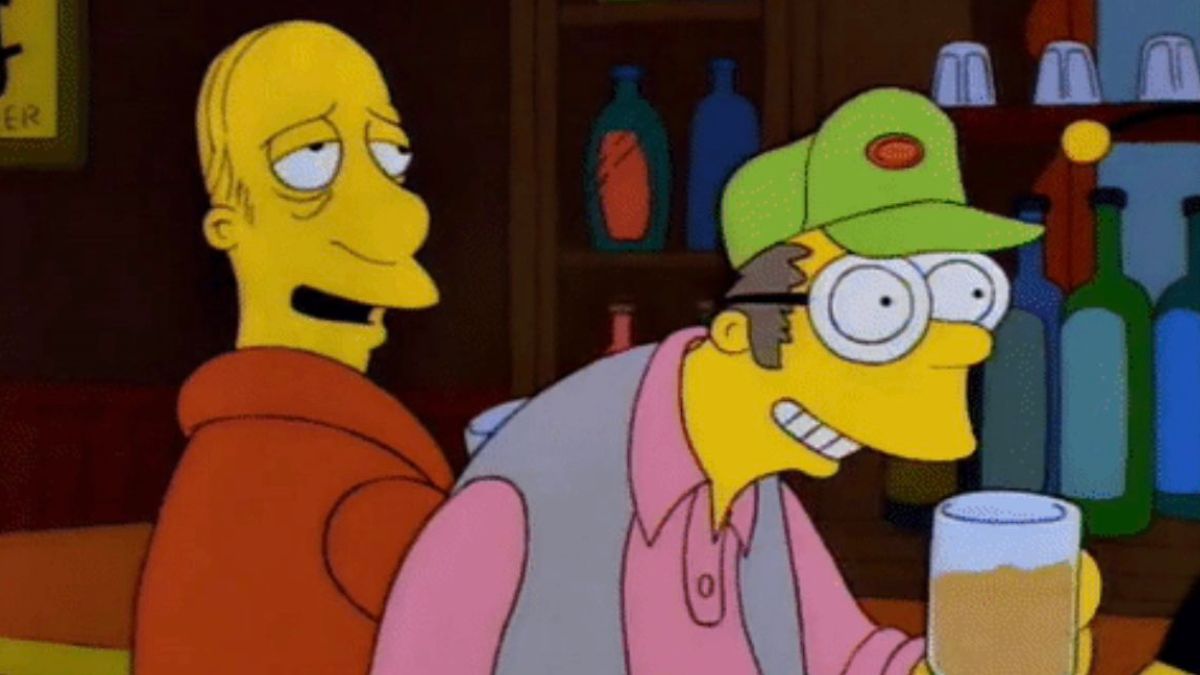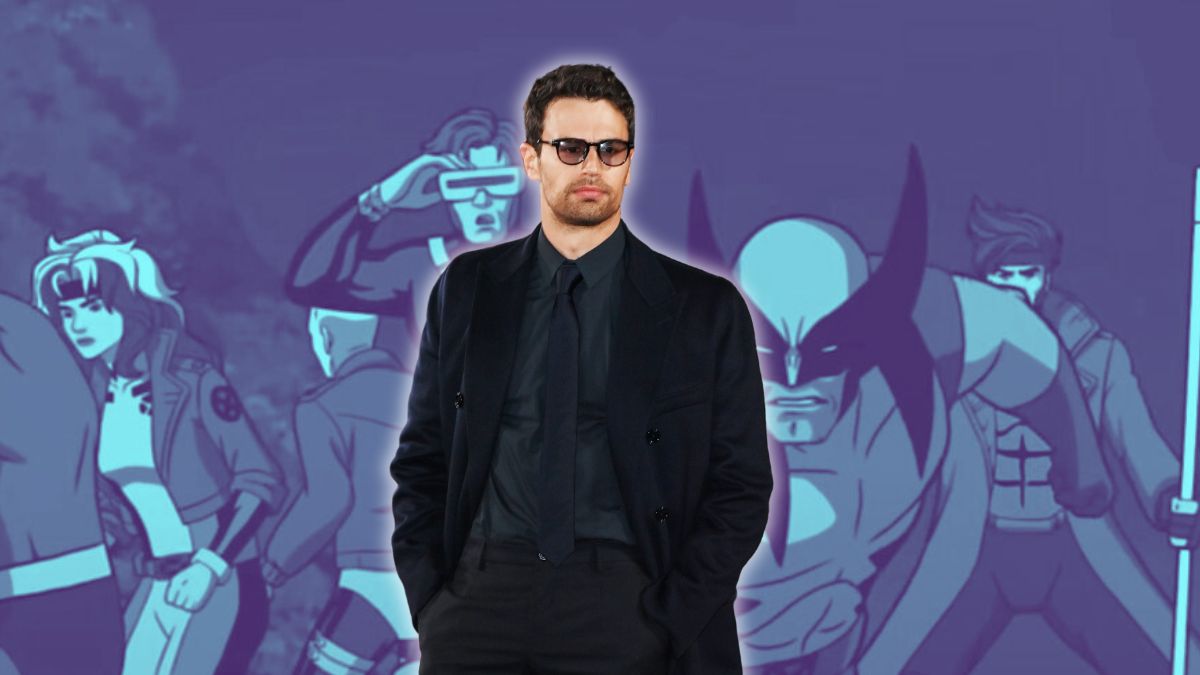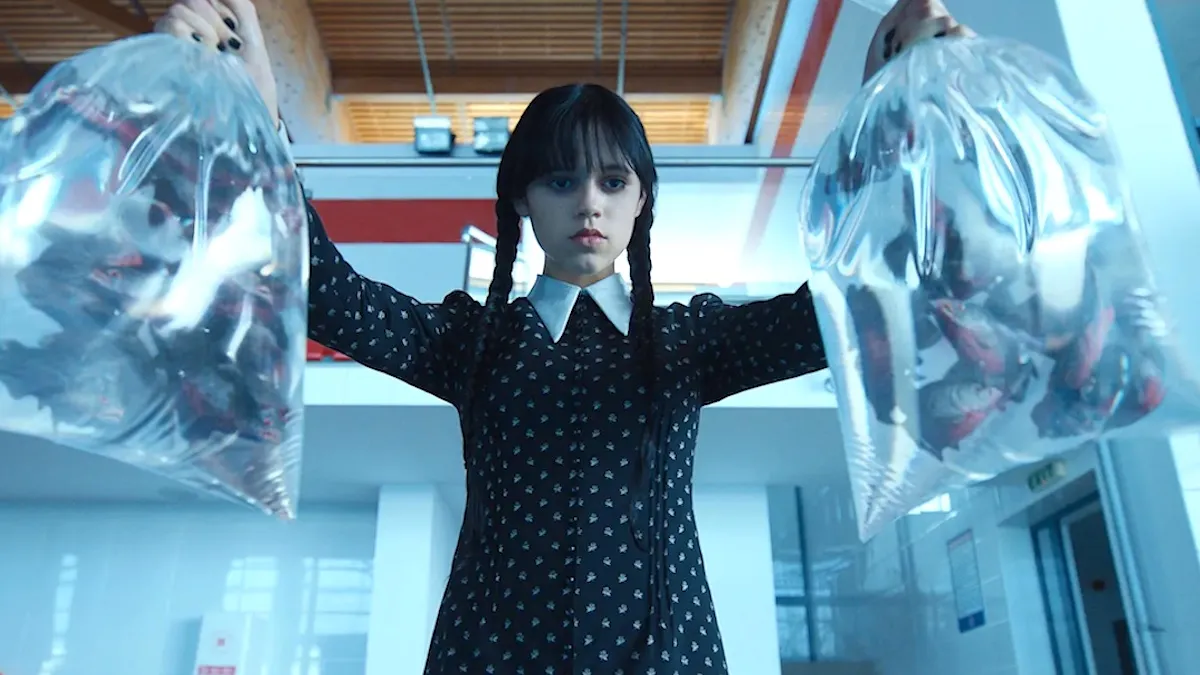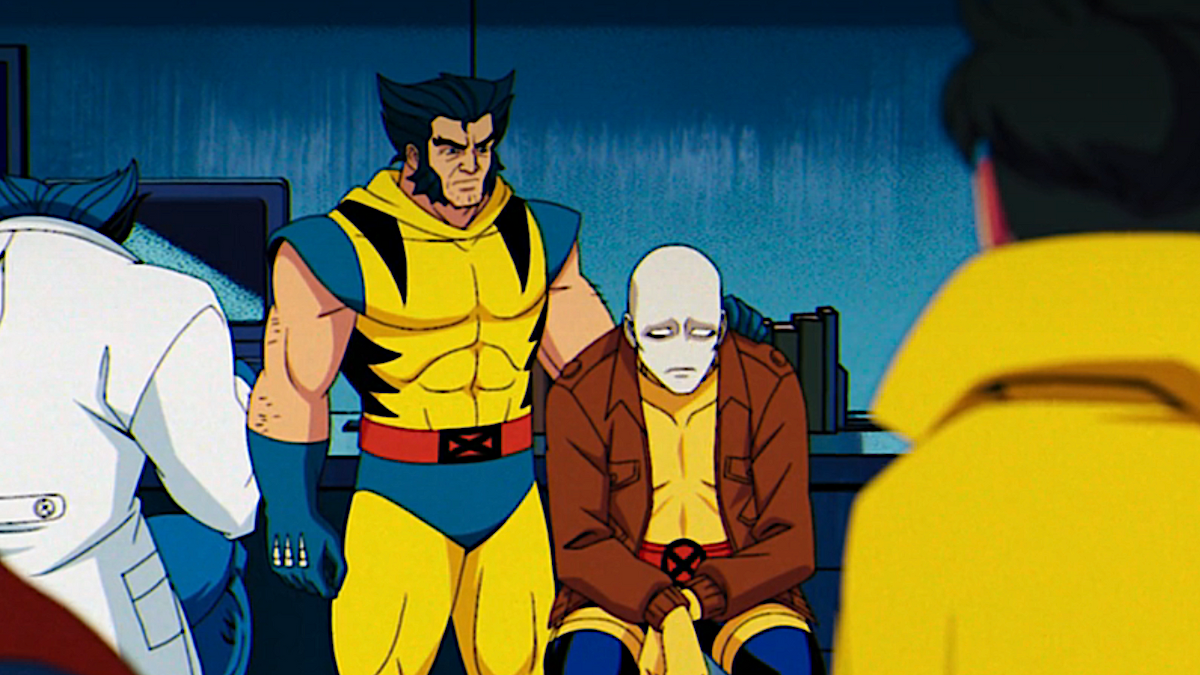Warning: The following article contains spoilers for the first season of Amazon’s The Wheel of Time.
High Fantasy has been a particularly mercurial genre to tackle in the live-action medium, where an adaptation either works exceedingly well and does the source material justice (e.g., Peter Jackson’s The Lord of the Rings) or joins a long list of failed attempts to bring these highly-detailed fictional worlds to life (e.g., ABC’s Legend of the Seeker.) Amazon Prime’s latest foray into this domain comes in the form of The Wheel of Time, and it falls somewhere in between the two extremes with its first season.
When HBO’s Game of Thrones took the world by storm in the 2010s, it renewed interest in adapting works of fantasy, especially those that fall under the same category as George R. R. Martin’s A Song of Ice and Fire in terms of thematic resonance and worldbuilding. Robert Jordan’s The Wheel of Time has been one such work of the literary genre, bridging the gap between Tolkien’s traditionalistic unraveling of mythology and Martin’s modernist approach to storytelling. The Wheel of Time essentially has the best of both worlds, combining the political struggles of rulership with the fantastical elements of mythology to create a visceral world that truly comes to life within the pages.
But how would that fictional universe fare in today’s competitive landscape of live-action fantasy adaptations? Well, first of all, it should be noted that the producers couldn’t exactly imitate the kind of impact Game of Thrones left when it originally arrived as an HBO show. That’s mostly because unlike Martin’s story, which arguably leans more on historical fiction than high fantasy, Jordan’s prose is a study of the metaphysical and his story draws heavily from mythological elements.
Going The Witcher route is also out of the question, because The Wheel of Time is an epic story told from the perspective of hundreds of characters, unlike the tale of the White Wolf, which is mostly character-centric and intimate. Simply put, attempting to adapt The Wheel of Time is an undertaking more challenging and complex than all of these other fantasy worlds put together. This, in a way, actually reminds me of a quote from Robert Jordan himself: “On the heights, all paths are paved with daggers.”
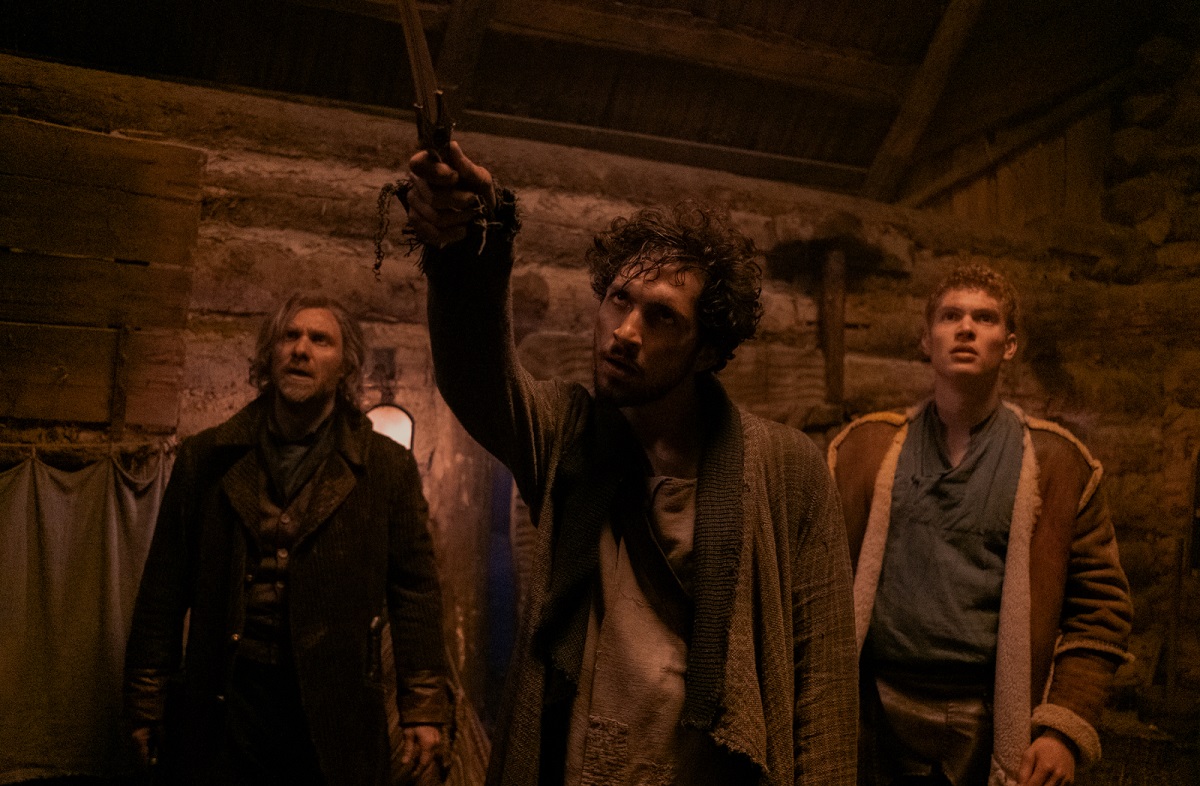
So, one way or another, showrunner Rafe Judkins was going to find himself with quite a few loose ends whatever way he approached the enigma of adapting the narrative of a 12,000-page story, 23 years in the making and two writers in the telling.
Though — now that we have the benefit of hindsight with the conclusion of season one — some fans are inclined to believe that this may not have been the best way to go about it, after all.
Warning: Spoilers to follow.
Season one naturally adapted the first publication in the 15-novel saga, The Eye of the World, which is a behemoth of fantasy in and of itself with 800 pages. As a debut novel, this is utterly voluminous and stupefying to adapt. Look at it this way: The Fellowship of the Ring‘s word count clocks in at 187,790. The Eye of the World caps out at around 305,000 words. Of course, since this is a visual medium, things get even more complicated in the screenwriters’ attempts to incorporate elements from future books to cement their worldbuilding efforts and truly bring Jordan’s fictional universe to life.
As if the odds weren’t already damn near impossible for Rafe and his producers, Amazon decided to allocate only eight one-hour episodes to the first season, meaning that the team had to cover roughly 100 pages with every episode. The end result was a season that more often than not feels rushed and unpolished. And whereas Jordan’s The Eye of the World served as the perfect introduction to this fantasy story and set the foundation for one of the greatest epics of our time, the first season of Amazon’s The Wheel of Time fails to avoid television’s biggest pitfall, which is to make sure that audiences have enough space to grasp a story and actually give a damn about its characters.
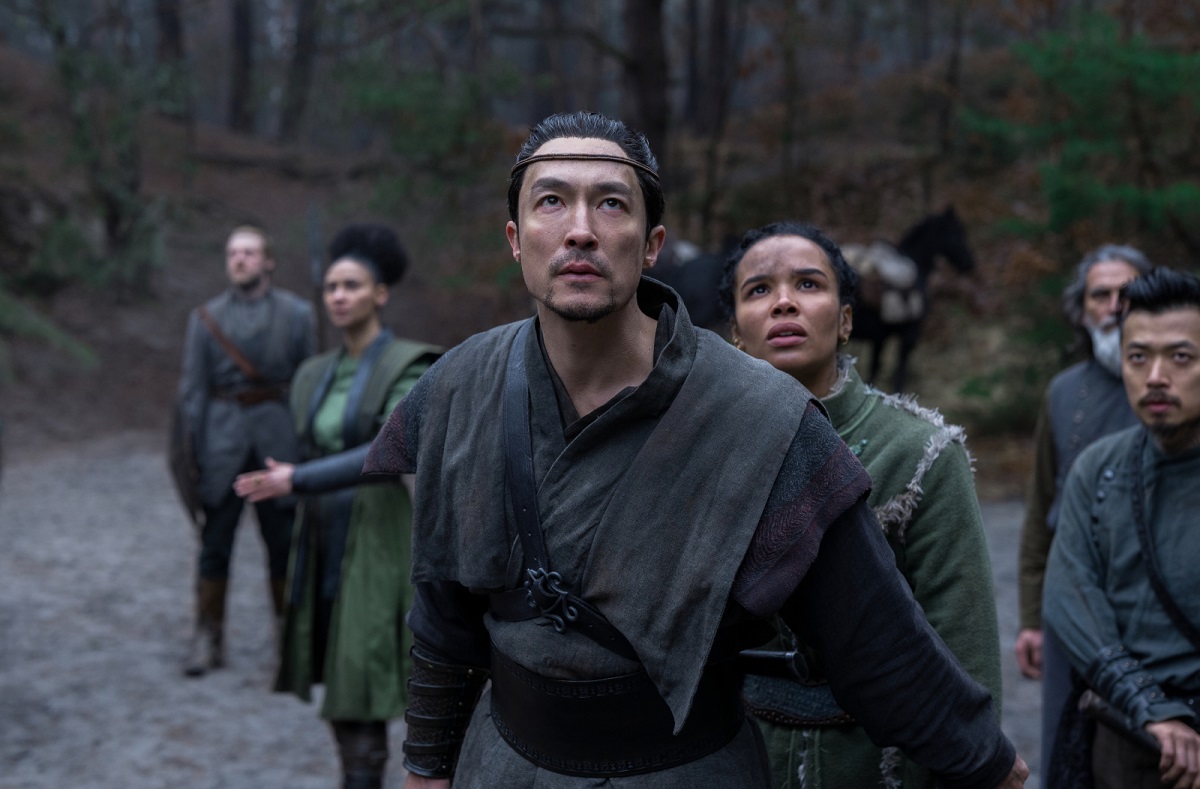
Take the first episode, for instance, which completely forgoes the book’s prologue, instead opting for a cold open featuring Moiraine and Lan Mandragoran seeking out the Dragon Reborn. The scenery and its implications aren’t what’s wrong with this sequence. The problem arises when you realize that you have a limited amount of screentime to set up a vast and expansive fantasy world in a quick and reliable way. How the writers go about introducing that world is critical, especially for newcomers who presumably have dove in without knowing anything about the story.
Peter Jackson’s LOTR trilogy actually serves as a great example here. In the books, Tolkien starts off by introducing us to the Shire and its peculiar inhabitants, then, ever so slowly, builds towards the threat of the One Ring and the evil of Sauron. If we were to attempt a 1:1 adaptation of the first book on the big screens, we’d lose our audience’s attention in the first ten minutes.
What Jackson did instead is significant in a number of ways. First of all, the filmmaker made sure that cinemagoers realize they’re about to embark on a fantastical journey from an age long past (via Galadriel’s monologue), and follows that by introducing the rings of power and the main villain. The camera then pans out to show us a map of Middle-Earth, giving us a glimpse of the fictional world that this story is set in.
I’m not suggesting that The Wheel of Time should’ve gone down the same path and ripped off The Lord of the Rings. But there’s a reason Jordan decided to set his prologue 3,000 years before the events of the main story, giving us an idea as to what this conflict is going to entail. Besides that, a map in the first two episodes would’ve really helped the perception of many show watchers. What may come off as irritating is how easy it would’ve been to actually incorporate it into the narrative. For example, Lan could’ve just drawn out a map when locating the Two Rivers to give viewers an understanding of the fictional world’s geography. While HBO’s Game of Thrones never explicitly brought up a map of Westeros in the earlier seasons, the show’s title sequence brilliantly takes care of that by depicting the entire realm for the viewers to kick off each episode.
Of course, this is a mistake that can easily be overlooked as the show progresses. But it’s not just the fact that viewers have no sense of the fictional world. The issue lies with an ambiguous conflict setup. The first episode tells you of an entity known as the Dark One, who is allegedly waking again. From what, you ask? The show doesn’t tell, but it sure as hell wants you to believe that this villainous being is looking to find a couple of young individuals from a village nested deep in the mountains, because one of them might be the reincarnation of the Dragon, a person who can supposedly stop him.
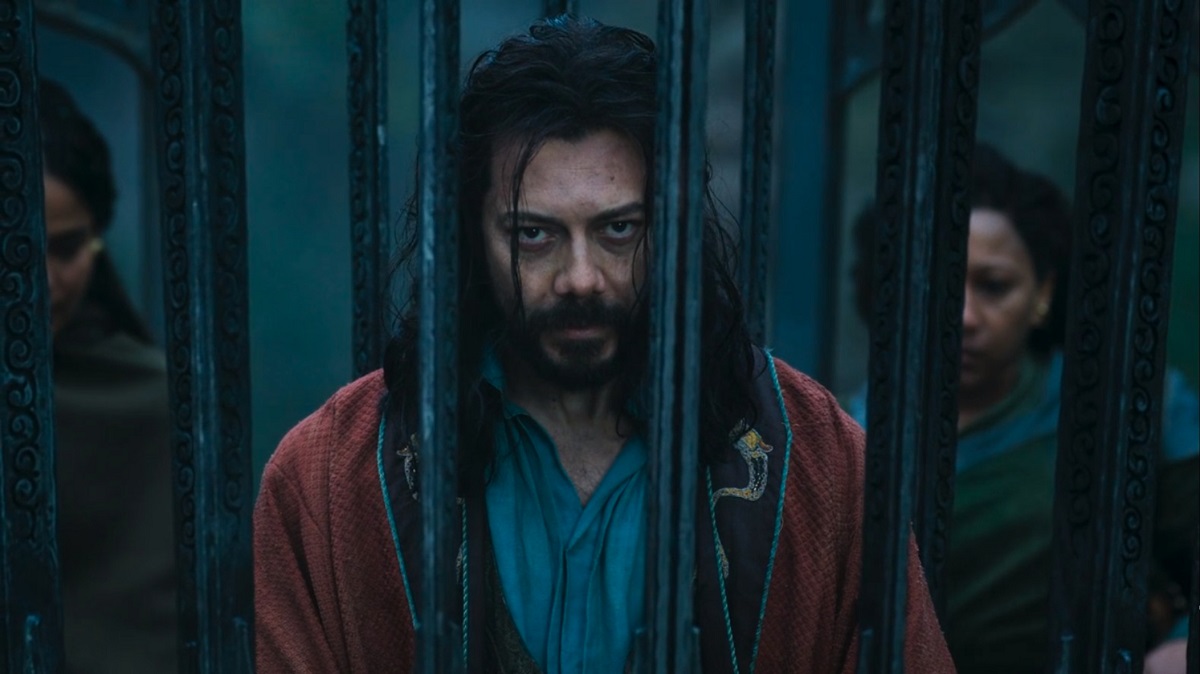
Again, this rushed development in the very first episode doesn’t feel earned, not just because we still don’t know anything about this world and the magical rules that govern it, but because the show doesn’t even bring up the matter of the well-known prophecies as in the books. After The Eye of the World’s prologue, Jordan gives us a glimpse of the Karaethon Cycle, which is a series of prophecies regarding the return of a champion that can keep the forces of the Shadow at bay. The interesting twist, however, that separates this story from a cliché retelling of good vs. evil is that all male sorcerers in this world (or channelers, as they’re called) are doomed to go insane and wreak destruction in their madness. And so, the figure of the Dragon Reborn is both a salvation and a curse, in that he is ultimately doomed to destroy everything and everyone like the last Dragon did.
This actually brings us to another point of criticism that’s been driving The Wheel of Time fans over the edge ever since the show’s premiere. We should never expect an adaptation to stay completely true to the source material, but there’s also an untold code of courtesy among fandoms that require such retellings to remain as true to the story’s lore and background history as possible. Amazon’s retelling has a blithe disregard of that aspect of Jordan’s work, undermining some of the most fundamental constructs that comprise this expansive narrative.
Consider the Dragon’s identity, which the show amusingly spins into an elaborate mystery that falls on its own face by the finale. In the books, there is a slew of prophecies that foreshadow different parts of the narrative, even the ending. The problem is that they all specifically designate the Dragon Reborn as male. Not even once – in the entire 3,000-year history of this world after the Breaking – do we get the slightest hint that the Dragon might be reincarnated as a woman. And it’s not just the prophecies that contradict the show’s insistence on this mystery that any of the five Two Rivers folk could end up being the Dragon Reborn.
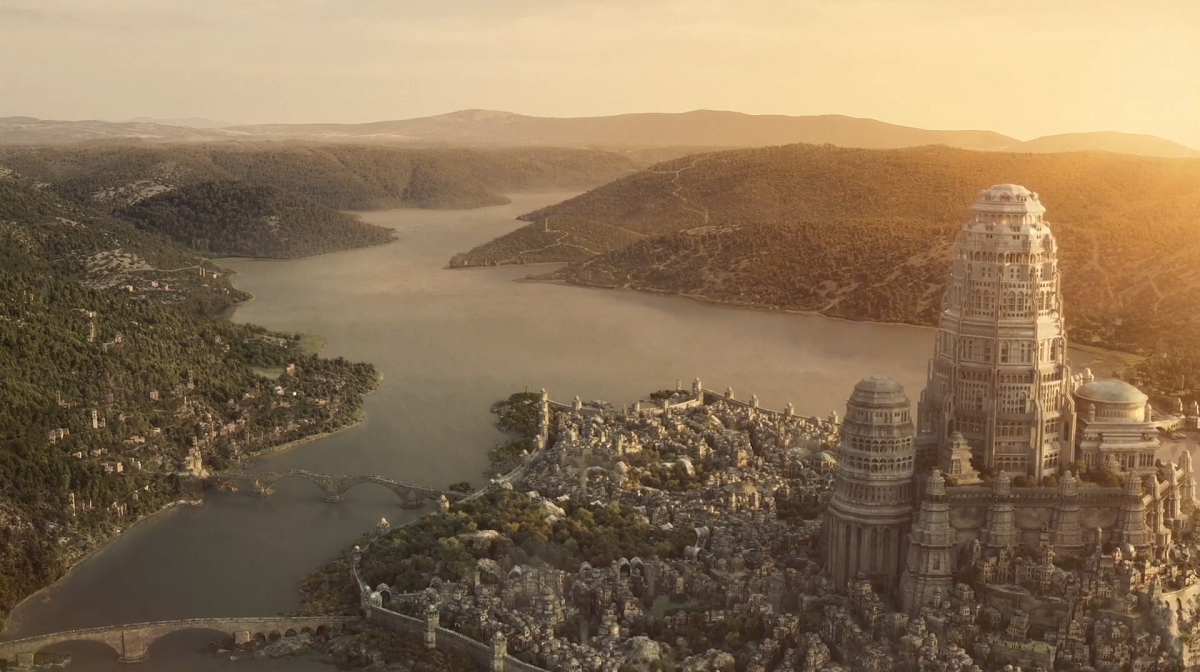
Much of what makes The Wheel of Time’s conflict compelling is the fact that the protagonist both spells the doom and salvation of this world. That’s all due to the fact that the male half of the One Power (known as saidin in the books) has been tainted by the Dark One. This is what caused the Breaking of the World in the first place, when male channelers all went insane and destroyed the world in their wake. So, to say the least, the possibility that the Dragon Reborn could be a woman is ludicrous in the context of Robert Jordan’s narrative.
Rafe Judkins justifies this by claiming that prophecy takes on different forms throughout history, so the knowledge of the Aes Sedai in the current age is confounded at best. That’s hardly the case in the source material, as self-fulfilling prophecies play a huge part in the narrative and actually guide the protagonists in overcoming their challenges.
This all would’ve worked much better if the mystery itself paid off in a satisfying way, which was hardly the case when the penultimate episode finally revealed who the Dragon Reborn is. In the first book, Rand al’Thor is one of the main POV characters, and when he gets thrust into this world of danger and peril, his development is chaperoned by trauma and a crushing sense of responsibility, all building up towards a climactic ending that’ll confirm his worst suspicions about himself.
The show, meanwhile, sacrifices Rand as a compelling character to feed the mystery surrounding the Dragon Reborn, all just to reveal him in episode 7 in a most offhand way. What was the point of keeping the audience members in suspense if there wasn’t going to be a huge payoff? Indeed, what was the point if it all ultimately meant that the viewers couldn’t care about Rand because the show didn’t spend nearly enough time to build up his character?
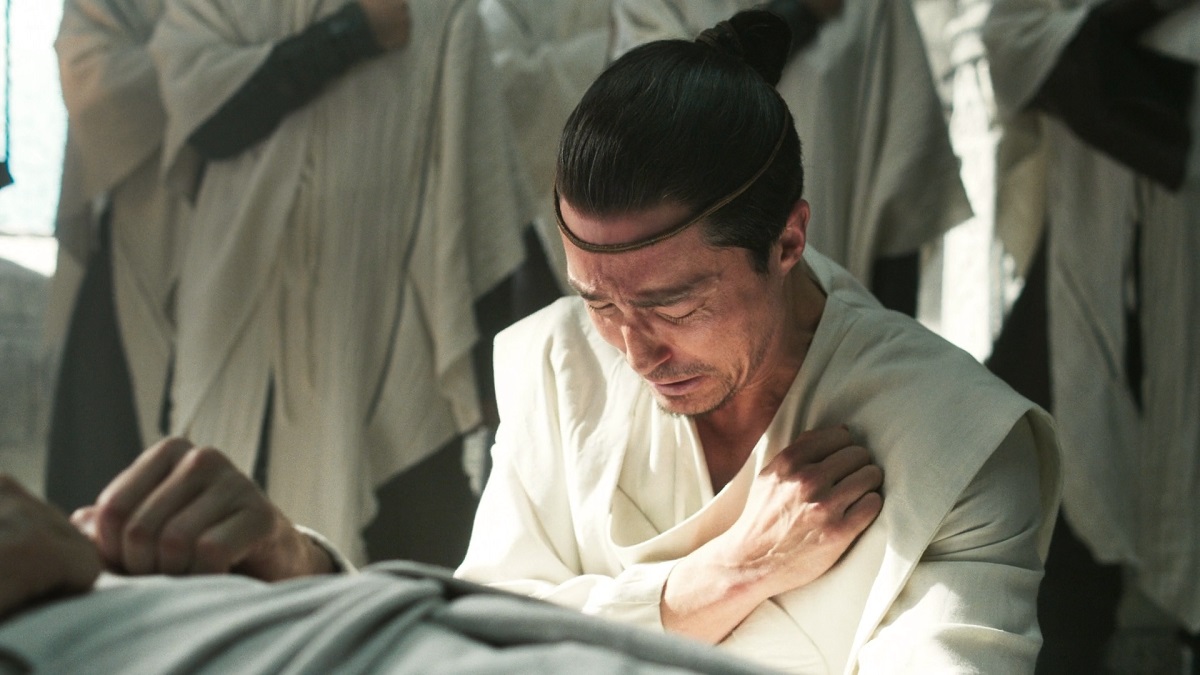
These are some of the most conspicuous ways in which Amazon’s The Wheel of Time series fails to capture the essence of Jordan’s work. Of course, if you were to succumb to nitpicking, you could probably pick out a ton of other anachronisms, but those tiny details are insignificant when compared to errors of such magnitude as the ones detailed above. After all, I started this critique by saying that live-action adaptations should take freedoms with the source material, even to a great extent if it is necessary. But when these alterations start to appropriate what makes a story special, its beating heart, if you will, things start to rapidly get out of hand, which is what resulted in that lackluster and convoluted finale.
Yet Amazon’s The Wheel of Time ultimately emerges as a success. The show has its merits and high points, and if you’re a diehard fan of the books, it’s easy to lose yourself in some of the sequences that depict the scenery of the so-called Randland (the name that fans give this fictional world) and its diverse cultural spectrum. Indeed, despite all its shortcomings in getting the general tone and pacing of the first book right, a lot of work has gone into making sure that every detail in this fictional world clicks together in a seamless way.
Simply put, the show’s production value and its complementary ambition in bringing this universe to life are both truly admirable, even though it appears as if the producers ran out of money by the finale, given that most of the effects and editing in that episode seem unpolished and out of place.
Given the staggering numbers that the new series has managed to rope in – with Prime Video claiming that it’s their second most-watched series to date – it appears that Amazon could up the budget substantially for future seasons if it so chose.
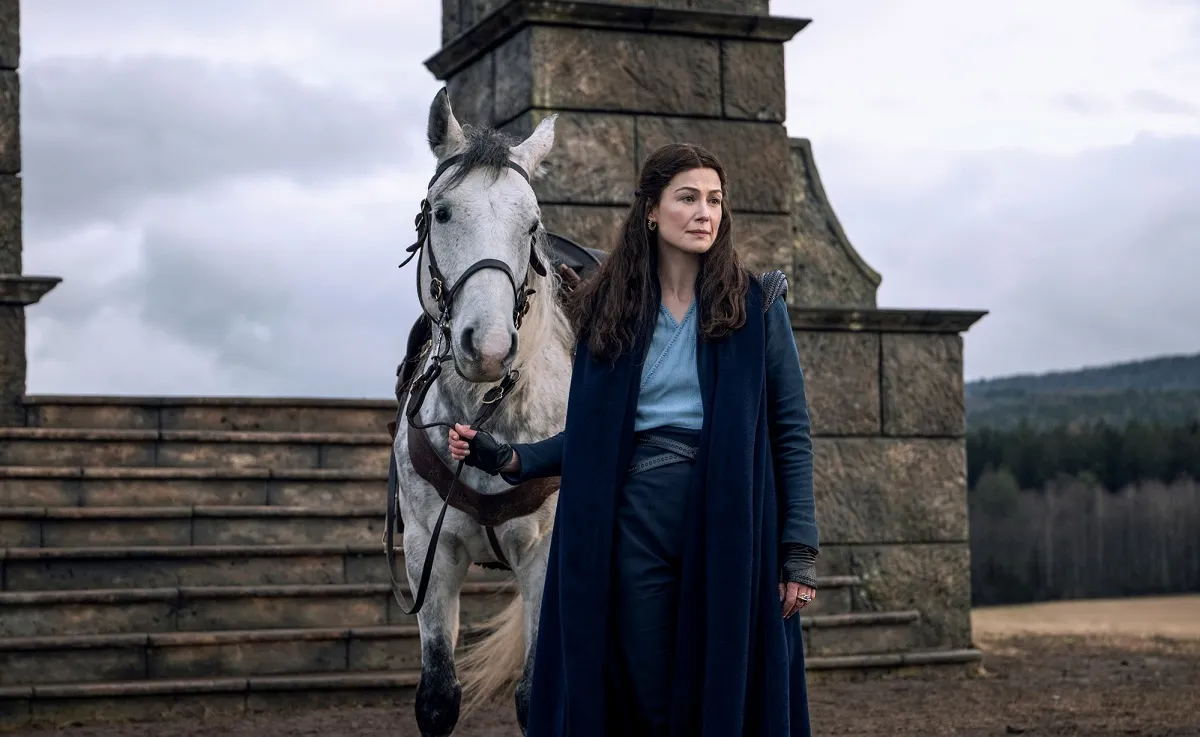
As has been the case with every fantasy adaptation that succeeds Game of Thrones, a question must be asked: Is The Wheel of Time the worthy successor that the networks have been looking for over the past couple of years? Well, that is a tricky thing to contemplate; perhaps not yet, but it definitely possesses the prospects of becoming everyone’s obsession in the near future. Besides, I think comparing these new works to HBO’s popular series is missing the point.
Because ultimately, as one of the greatest works of high fantasy in history – one that inherits Tolkien’s enormous legacy and elevates it to new heights – The Wheel of Time should stand on its own two feet, even though it’s been off to a rocky start. For indeed, the first season might not have been the perfect beginning, but it was a beginning.

